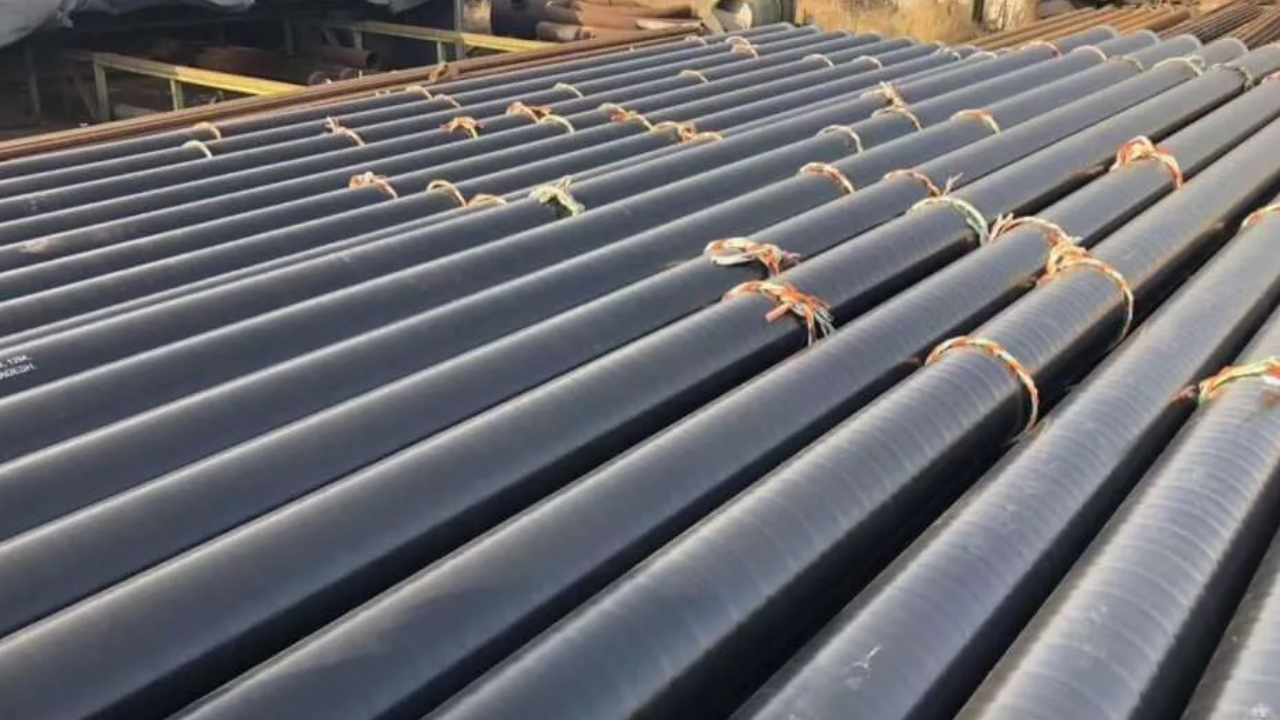Caesar is a hard-working individual who excels in business. He has been working in the same company for many years and has climbed the ranks to become one of the top employees. Caesar is dedicated to his work and takes great pride in providing value to his team and customers. He is an excellent problem solver and always looks for ways to improve efficiency and productivity. When he's not working, Howard enjoys spending time with his family and friends. He loves being active outdoors, playing sports, and exploring new places.

ASTM A53 Grade B pipes preserve good-sized significance in various organizations due to their consistency with rigid standards. These pipes are acclaimed for their high elasticity, which allows them to confront high-pressure applications by and large found in oil and fuel transmission, water supply, and primary structures. Their weldability and formability make them adaptable to diverse production projects, inclusive of pipelines, bridges, and buildings.
Furthermore, ASTM A53 Grade B pipes offer first-rate corrosion resistance, ensuring toughness and reliability in challenging environments. Their seamless or welded production guarantees uniformity and consistency, lowering the hazard of defects and failures. Additionally, the compatibility of a53b pipe with general fittings and couplings simplifies setup and protection approaches, lowering downtime and operational prices.
Important Considerations For Selecting ASTM A53 Grade B Pipes
While deciding on ASTM A53 Grade B pipes for a task, numerous important concerns must be taken into account to ensure the most fulfilling overall performance, sturdiness, and compliance with mission requirements. Every factor plays a good role in the selection.
Material Properties
While choosing ASTM A53 Grade B pipes, make certain the chemical composition meets ASTM standards. Confirm factors like carbon, manganese, phosphorus, sulfur, and copper. Compare mechanical properties, which include tensile electricity, yield energy, and elongation. These houses are critical for determining the pipes’ structural integrity and cargo-bearing capability. Ensuring compliance with fabric specifications is vital to ensuring the pipes’ suitability for the intended software and adherence to regulatory requirements.
Pipe Dimensions
Pick out ASTM A53 Grade B pipes with suitable length, diameter, and wall thickness. Keep in mind mission requirements, fluid drift quotes, and stress conditions. Make sure they are compatible with current piping systems and fittings. Determine the desired wall thickness to withstand inner pressure, external hundreds, and environmental factors. Selecting the proper pipe dimensions is critical for ensuring efficient fluid shipping, structural integrity, and compliance with layout specs and regulatory standards.
End Connections
Keep in mind whether or not threaded or welded connections are most effective for ASTM A53 Grade B pipes. Threaded connections provide ease of installation but can be at risk of leakage. Welded connections offer more power and reliability, but require professional exertions and specialized equipment. Pick suitable stop remedies, together with undeniable ends or beveled ends, for welding or becoming a member of a function. Ensure compatibility with general pipe couplings, fittings, and valves used in the challenge.
Operating Conditions
Evaluate the temperature, strain, and fluid compatibility for ASTM A53 Grade B pipes. Ensure the pipes have sufficient temperature and pressure ratings to resist operational situations. Affirm compatibility with the fluid being transported, considering corrosion resistance, chemical compatibility, and erosion/corrosion outcomes. Adequate consideration of running situations ensures the pipes’ overall performance, safety, and sturdiness as a provider, minimizing the risk of wear and ensuring compliance with challenge necessities and enterprise requirements.
Environmental Factors
Analyze the ecological elements influencing ASTM A53 Grade B pipes, which incorporate susceptibility to corrosion and exposure to environmental circumstances. Execute defensive measures, including coatings, linings, or cathodic security, to moderate erosion gambles. Select appropriate materials and protection to shield against climate-related degradation from light, moisture, and temperature. With the aid of considering environmental factors, venture stakeholders can ensure the lengthy-term durability and overall performance of the pipes in numerous operating environments, minimizing preservation wishes and improving reliability.
Project Budget and Schedule
Keep in mind the cost-effectiveness of ASTM A53 Grade B pipes relative to alternative substances or grades. Compare long-term protection and operational fees along with preliminary procurement costs. Examine the supply and lead time for shopping the pipes to meet project time limits. Coordination with suppliers and distributors ensures well-timed delivery and minimizes project delays. By balancing financial constraints and requirements, stakeholders could make knowledgeable decisions that align with assignment objectives and criteria.
Summary
Choosing the proper ASTM A53 Grade B pipes for a project requires careful attention to various factors, including material homes, dimensions, operating situations, environmental factors, compliance necessities, price range constraints, and set-up and renovation concerns. By systematically comparing those elements and making knowledgeable selections, challenge stakeholders can ensure the successful implementation of piping systems that meet performance, durability, and regulatory requirements.
